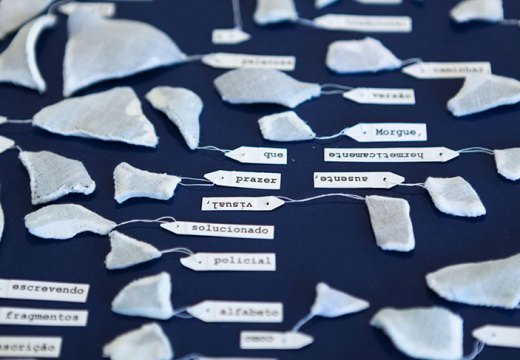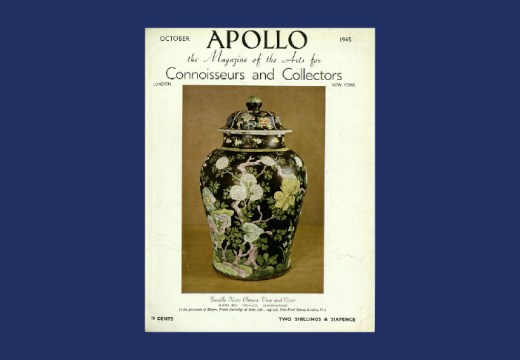A generation ago Lina Bo Bardi was not much known outside Brazil, and not much talked about. Today, notably in academia and architecture schools, she is arguably the most referenced and most widely influential architect of her era. Sure, Mies van der Rohe’s buildings were more minimal – but were they so cool as to be cold? And certainly Le Corbusier’s concrete constructions continue to mesmerise architects worldwide, but was he too wilful, too arrogant, too involved with his own genius?
Somehow, Bo Bardi’s buildings chime with contemporary concerns in a way that others do not. The latest manifestation of the remarkable Bo Bardi revival was an exhibition of her drawings at the Fundació Joan Miró in Barcelona, and the variety, delicacy and wit of those sketches and doodles, portraits and paintings begin to suggest why she has struck a chord. Included among these was, for instance, a painting of a slightly droopy plant in a pot on the sill of a determinedly modernist window. The architecture is crisp and perfect, black and white, geometric, perfectly perspectival. The plant has the quickly sketched imperfections of nature. Yet here they are together, negotiating. There was a watercolour of a street in Rio de Janeiro from 1946, people hurrying through the tropical rain with umbrellas aloft, weaving between childishly drawn cars and the manifestations of the city – billboard, policeman, lamp posts. There were whimsical decorative nudes and pencil portraits, sketches of Renaissance statues and vividly captured, cartoonish impressions of baroque altarpieces and rococo frames. There were perspectives of clean museum vitrines and quickly captured construction sites, the scaffolding and I-beams appearing as Mondrian lines. The style veers between modernist minimal and naively expressive, between technical drawings of furniture and dreamlike Surrealism. Like her architecture, it is never only one thing.
Lina Bo Bardi was born Achillina Bo in Rome in 1914. She studied architecture and went to work with Carlo Pagani, establishing her own practice at the age of 28 in 1942. The war meant work was scarce and she made a living doing illustrations for magazines and, eventually, as deputy director of Domus magazine beside the design legend Giò Ponti. In 1946 she married art critic and dealer Pietro Maria Bardi, and the newlyweds travelled to South America, where they found a warm welcome. They settled in Brazil and within a few years Bo Bardi’s practice was picking up pace.
Her first statement of intent was the house she designed for herself and her husband, the Casa de Vidro of 1951, a seductively beautiful modernist villa outside São Paulo, set into the side of a slope and cantilevering out into the rainforest canopy. It is, in its way, part of the same wave as the Eames House in Pacific Palisades and Oscar Niemeyer’s Das Canoas House outside Rio de Janeiro – fluid, transparent, and making the most of the relationship between the interior and the forest outside; this was an era of an optimistic tropical modernity. But in Bo Bardi’s house something else becomes apparent. The living space is treated not so much as a room or an event but as a landscape. At the same time, she was editing Habitat, a magazine that she had established, and in its title is an intimation of an approach to architecture that treated space as something that would only come to life when lived in. This was not an idea of modernist perfection and minimal purity, but rather one in which the furniture, the objects, the art and the people who occupied and used the space would be able to change its dynamics by living in and with it. In the global north it is nature outside that changes through the seasons, giving a constantly shifting canvas; but in the tropics the forest stays green and lush – the interior has to change. This approach is something that characterised Bo Bardi’s two greatest buildings, the Museu de Arte de São Paulo (MASP) and the SESC Pompéia.

São Paulo Museum of Art (MASP), São Paulo, Brazil, designed by Lina Bo Bardi and built in 1957–68. Photo: Rebeca Mello/Getty Images
The MASP (1957–68) was commissioned, handily, by her husband, the museum’s director. It is of course an easier trajectory if you can build a reputation with your own house and a museum for your husband, but the brilliance and originality of the MASP dispels any doubts about Bo Bardi’s skill. Lifted above the street on two huge, red-painted concrete frames, the building allows urban life to carry on beneath it. The first time I went there I saw a market in the shade below it, the next time a massive picnic. The design made a museum, which is always going to remain a little exclusive, into a canopy for a truly public plaza. And, in a way, that idea was carried through to the museum space itself. Here the paintings were mounted on glass, freestanding rather than on the walls, and perceived as three-dimensional objects in a landscape of art through which you could traverse. It was radical and magical, anticipating the search for new ways to exhibit and understand art.
The SESC Pompéia (1977–86) meanwhile also opened up architecture, more literally in a playful concrete complex based around a converted factory reconceived as a landscape of communal leisure. Retaining the mass and grain of the industrial architecture, Bo Bardi expanded the centre with a series of sculptural, often vividly colourful interventions, criss-crossing elevated walkways, theatres, cafes and a pool. This cooperative community centre has become one of the landmarks of how to do architecture differently. It is accessible, resolutely public, fiercely brutalist in its form yet intimate in its mix of scales and spaces, a wonderfully egalitarian space. And what’s more, fun.
Bo Bardi’s impulses pulled her in different directions. She was a brilliant manipulator of form and space and clearly had a fetish for massive concrete structures, yet she was equally interested in the delicacy of a rococo table, the pattern of a traditional basket and the art of indigenous peoples. All of this is right there in her drawings, which at the Fundació Joan Miró were displayed rather neatly in a homage to her MASP concept, as objects in space rather than two-dimensional artefacts on the walls. That they were mounted on scaffolding poles rather than glass, using the language of the construction site rather than the vitrine, appeared perfectly in tune with the architect’s idea that buildings are only complete – and only come alive – when they are populated by things and by people.
This is an updated version of an article from the May 2019 issue of Apollo. Preview the current issue and subscribe here.
Unlimited access from just $16 every 3 months
Subscribe to get unlimited and exclusive access to the top art stories, interviews and exhibition reviews.
















![Masterpiece [Re]discovery 2022. Photo: Ben Fisher Photography, courtesy of Masterpiece London](http://www.apollo-magazine.com/wp-content/uploads/2022/07/MPL2022_4263.jpg)
It’s time for the government of London to return to its rightful home